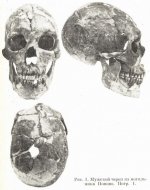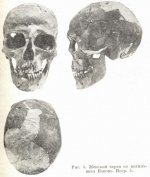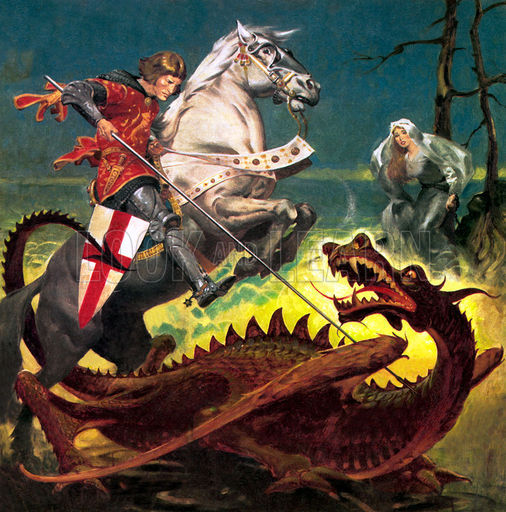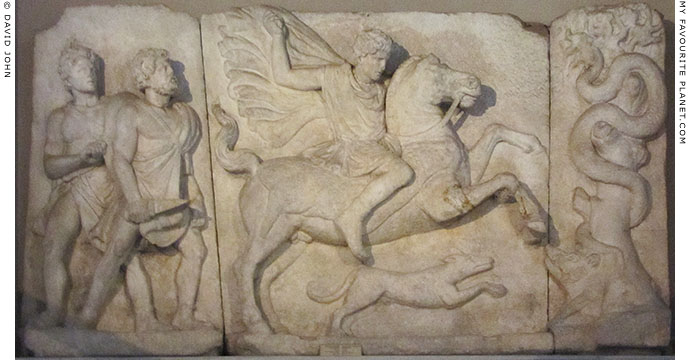Olympus Mons
Regular Member
- Messages
- 536
- Reaction score
- 80
- Points
- 28
There are quite a few places that fit this description, the closest matches perhaps being the prominent mountain ranges in the arid-temperate zones. Hindu Kush, Zagros, Dinaric Alps or the Himalayas basically. It also sounds like exactly the kind of biome transhumant herders would live in.
MarkoZ....Arrrgh....Aaaarrrrgggghhhh!!!! - Kidding not really upset.
that description cries shulaveri shomu in between the Caucasus, lesser Caucasus passages (Georgia) to go to Aratashen (armenia), valleys (Azerbaijan). Its all in there. And if they were ones dispersing all over...
It can also be other places I suppose. But, great read. thank you.
Last edited:









